In our technologically advanced age, sensors play a crucial role in countless applications, from consumer electronics and medical devices to industrial automation and environmental monitoring. At a fundamental level, sensors convert physical, chemical, or biological signals into electrical signals. By doing so, they allow systems to 'perceive' and 'understand' their surroundings, enabling various automated processes and functions.
In this post, we'll delve into the major types of sensors, their functioning principles, and some typical applications.
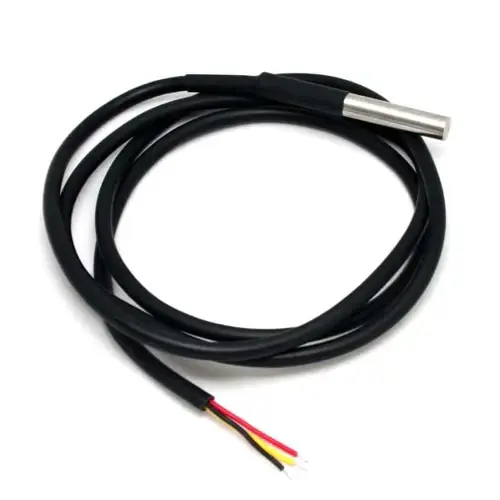
Temperature Sensors
Function: Measure the amount of heat energy or coldness in an object or environment.
Types: Thermocouples, Resistance Temperature Detectors (RTDs), thermistors, and infrared sensors.
Applications: Climate control in buildings, mobile devices, cooking devices, medical thermometers, and industrial temperature control.
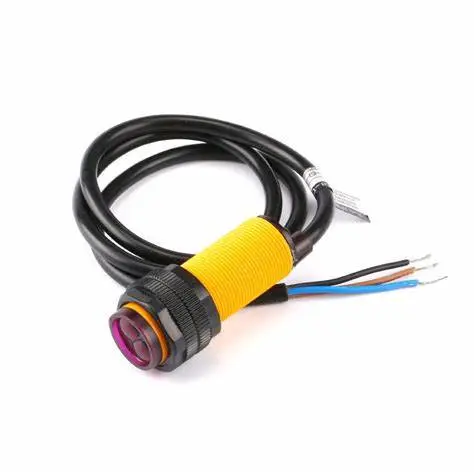
Proximity Sensors
Function: Detect the presence or absence of an object without physical contact.
Types: Capacitive, inductive, ultrasonic, and infrared.
Applications: Smartphone screen deactivation during calls, car parking assist systems, and industrial equipment.
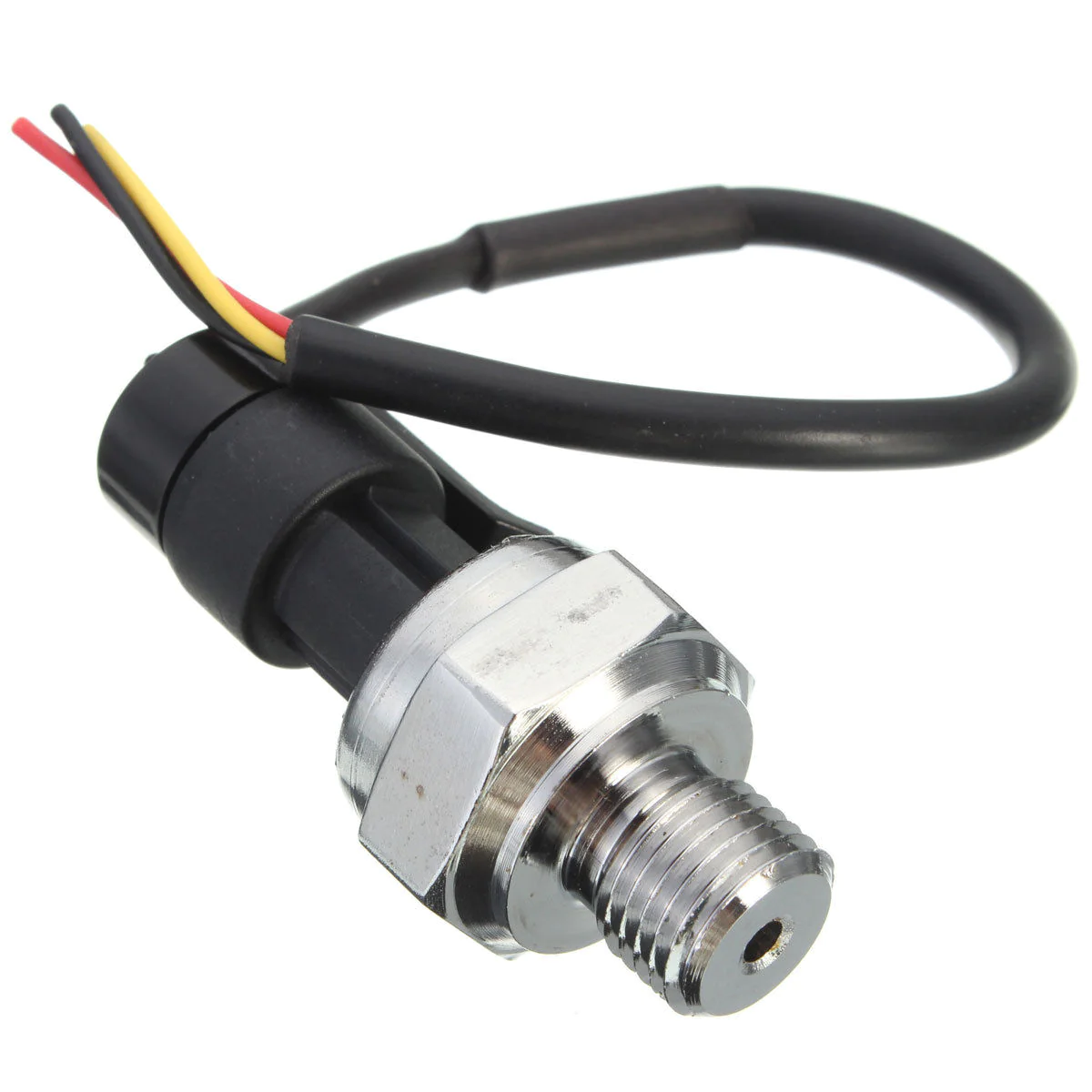
Pressure Sensors
Function: Measure the force exerted by a liquid or gas.
Types: Piezoelectric, capacitive, electromagnetic, and optical.
Applications: Weather forecasting instruments, tire pressure monitoring systems, and blood pressure monitors.

Light Sensors
Function: Measure the intensity of light.
Types: Photodiodes, phototransistors, light-dependent resistors (LDR), and CCD sensors.
Applications: Automatic street lighting, camera light metering, and smartphone screen brightness adjustments.
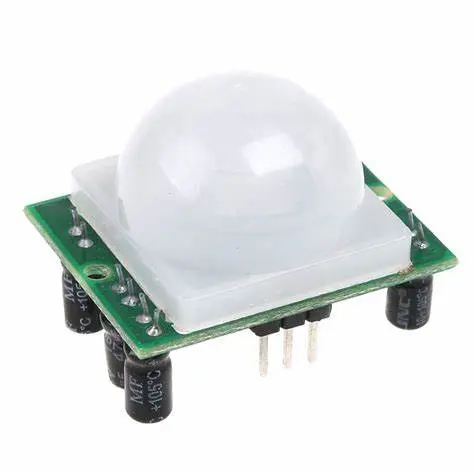
Motion Sensors
Function: Detect movement or change in position.
Types: Passive Infrared (PIR), ultrasonic, and microwave.
Applications: Security alarms, automatic doors, and game controllers.
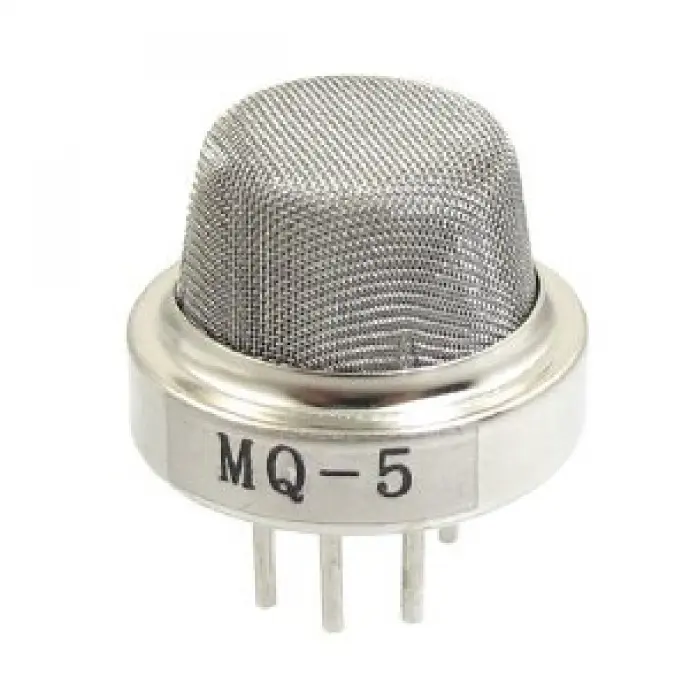
Gas and Chemical Sensors
Function: Detect the presence and concentration of specific gases or chemicals.
Types: Electrochemical, metal oxide semiconductor, infrared, and catalytic.
Applications: Pollution monitoring, industrial safety, and home carbon monoxide detectors.
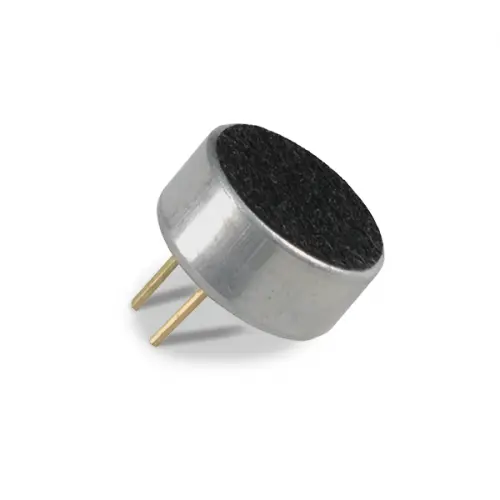
Sound Sensors
Function: Detect and measure sound waves.
Types: Microphones and radars.
Applications: Hearing aids, voice-activated devices, and sonar systems.
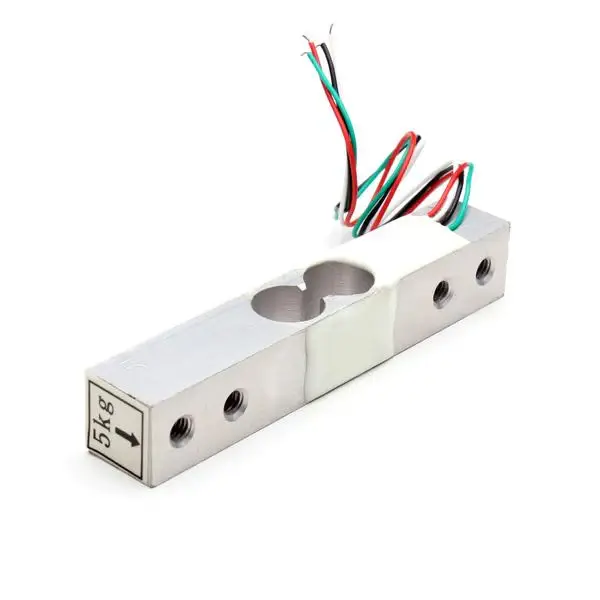
Force and Load Sensors
Function: Measure the force or load exerted on them.
Types: Strain gauges, piezoelectric, and capacitive.
Applications: Weighing scales, industrial automation, and touch-sensitive devices.
Conclusion
Sensors are the unsung champs of modern tech. They're the eyes and ears of countless systems, making things happen behind the scenes. As tech keeps on advancing, we can expect some seriously fancy sensors to show up, bringing machines even closer to understanding our complex world.
